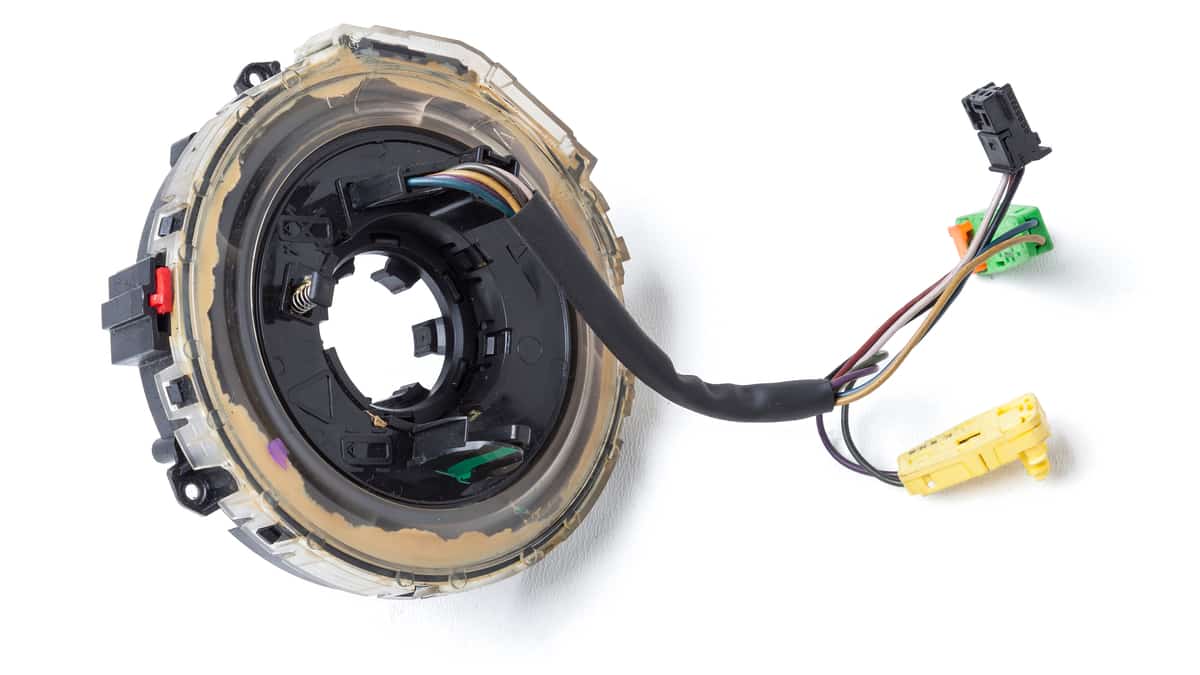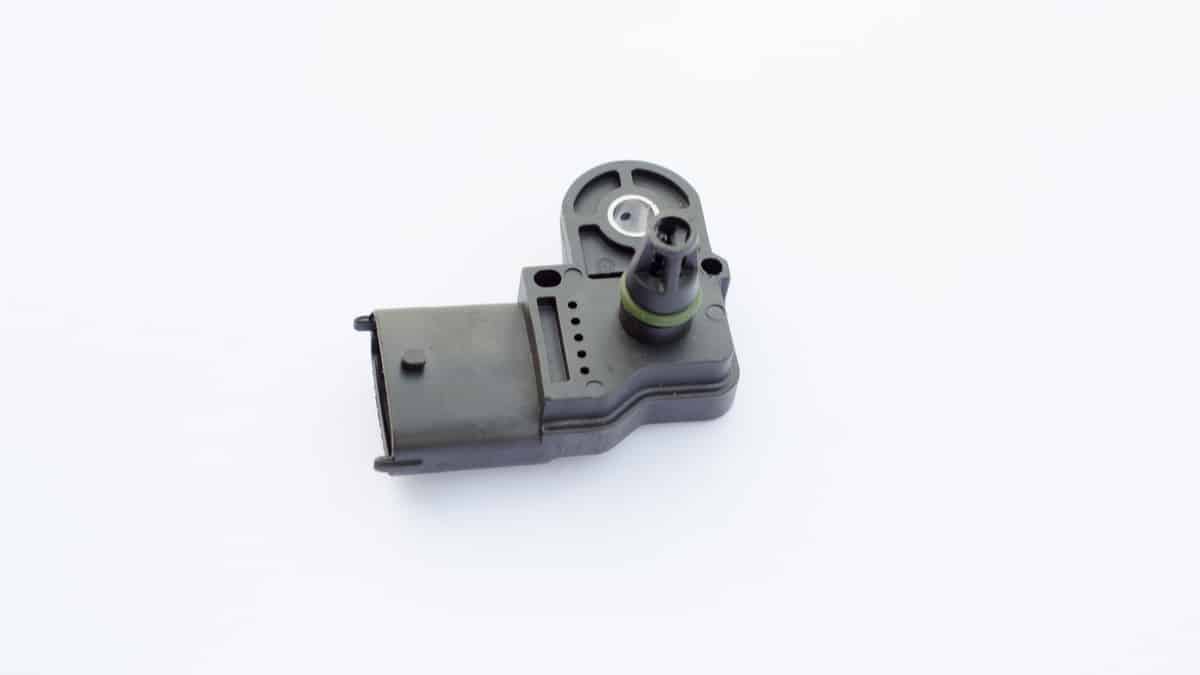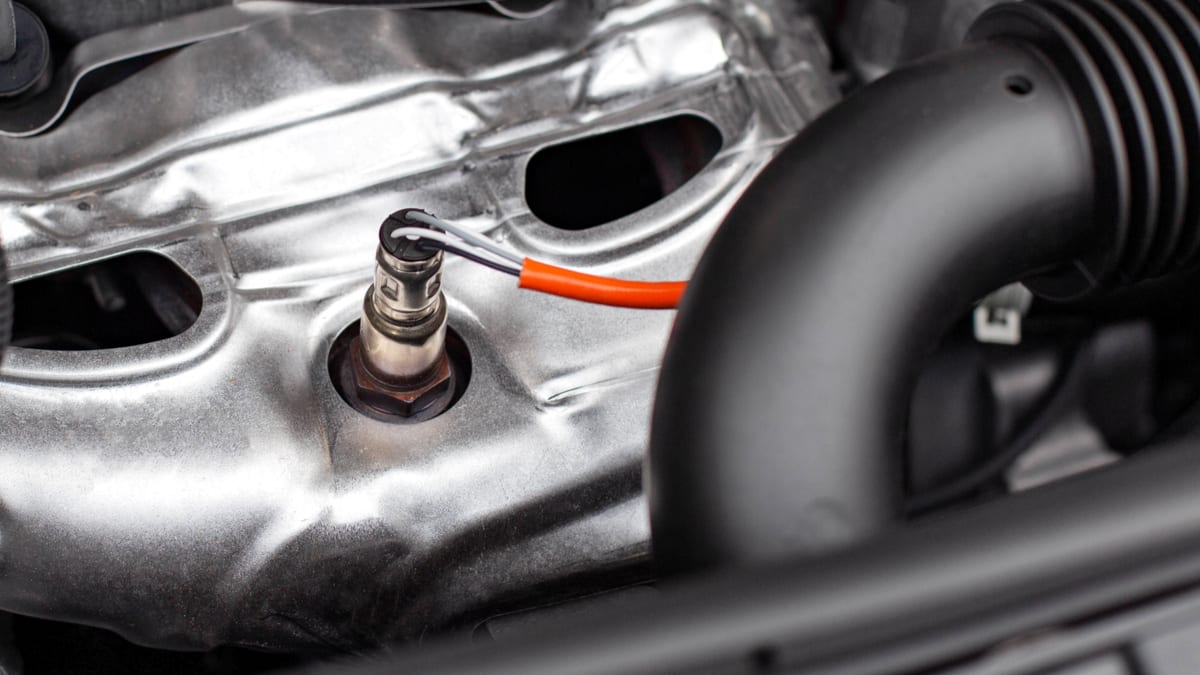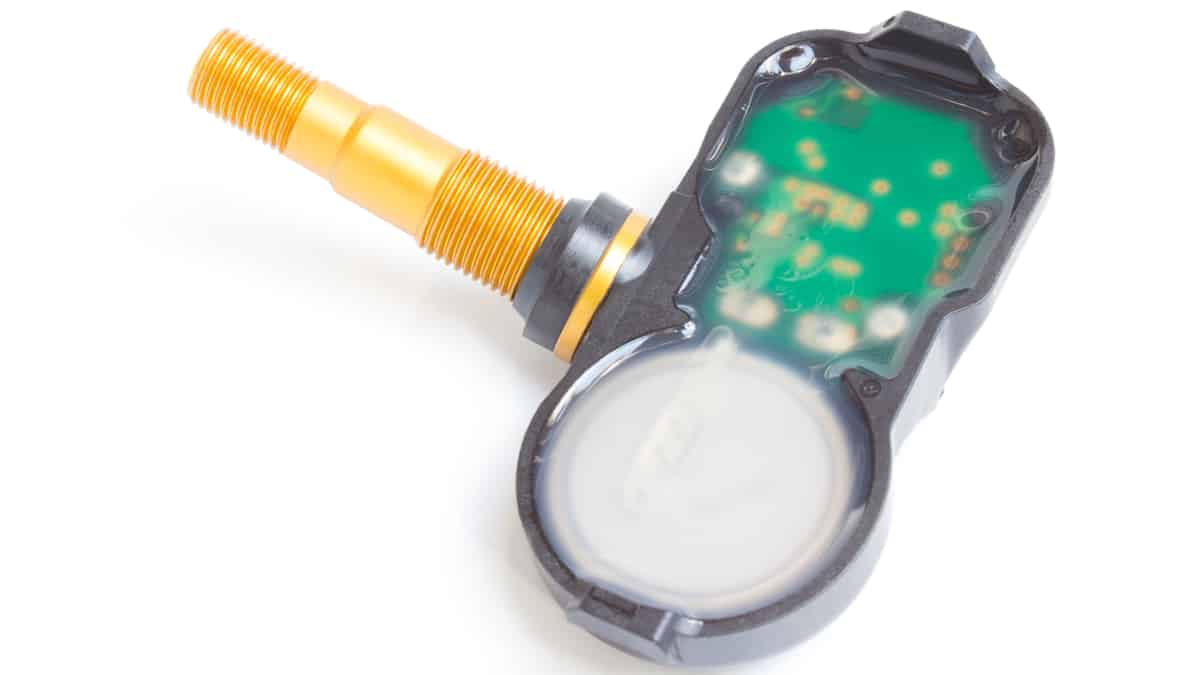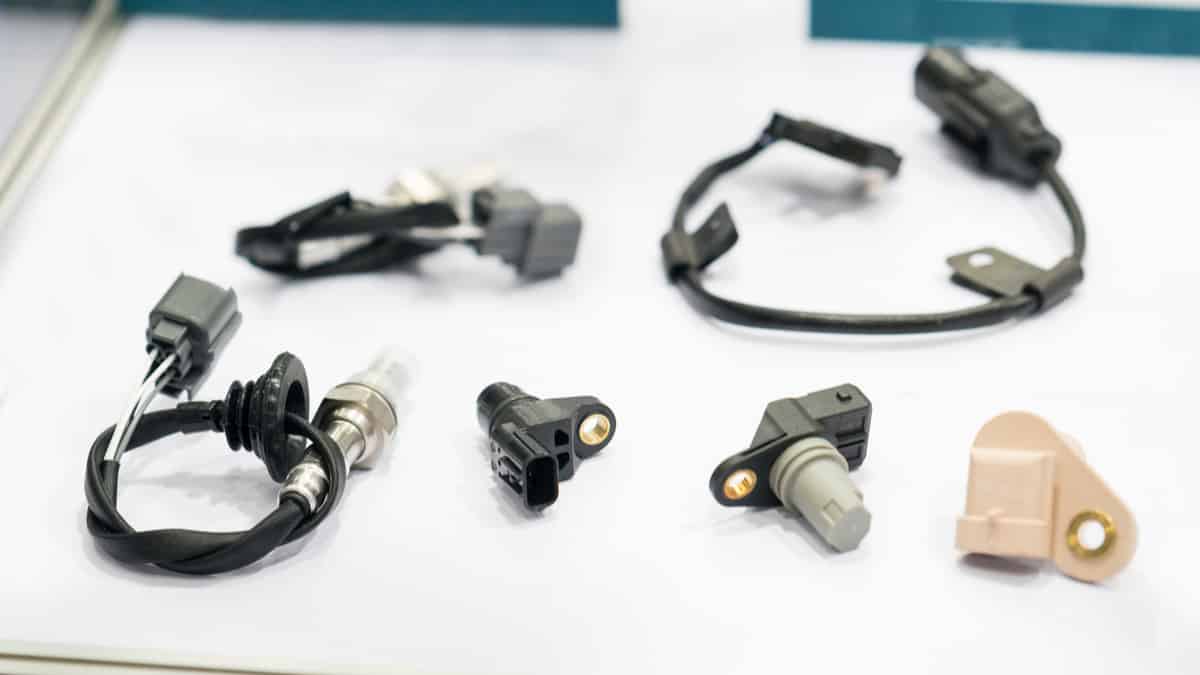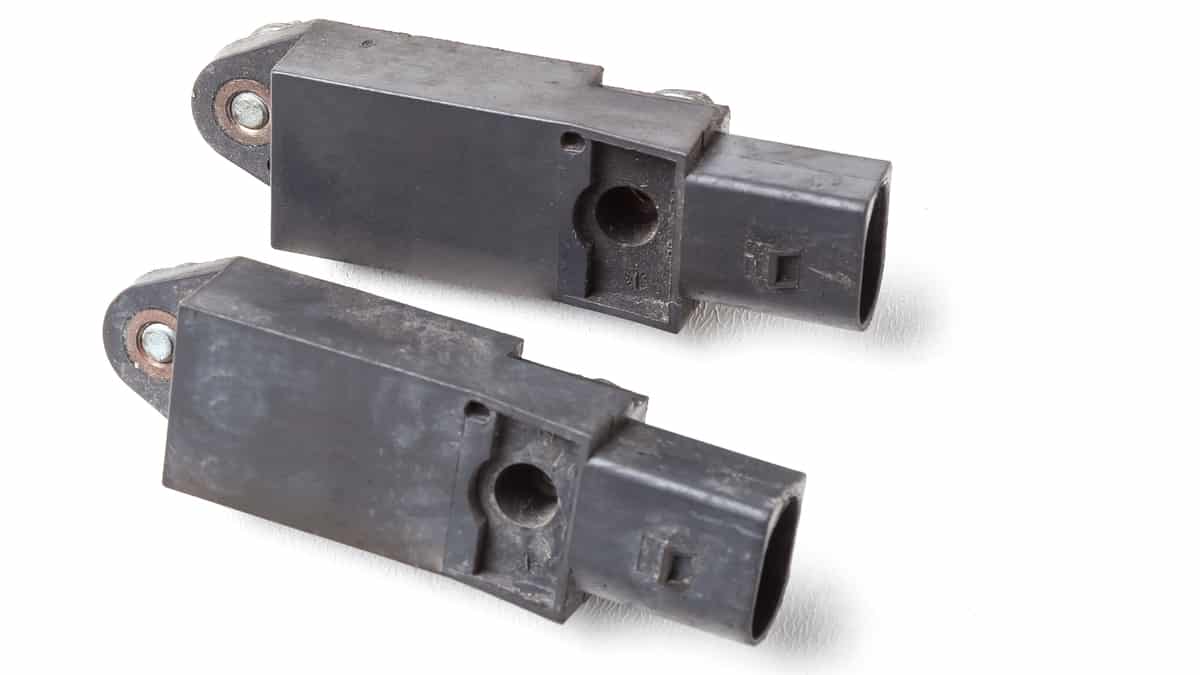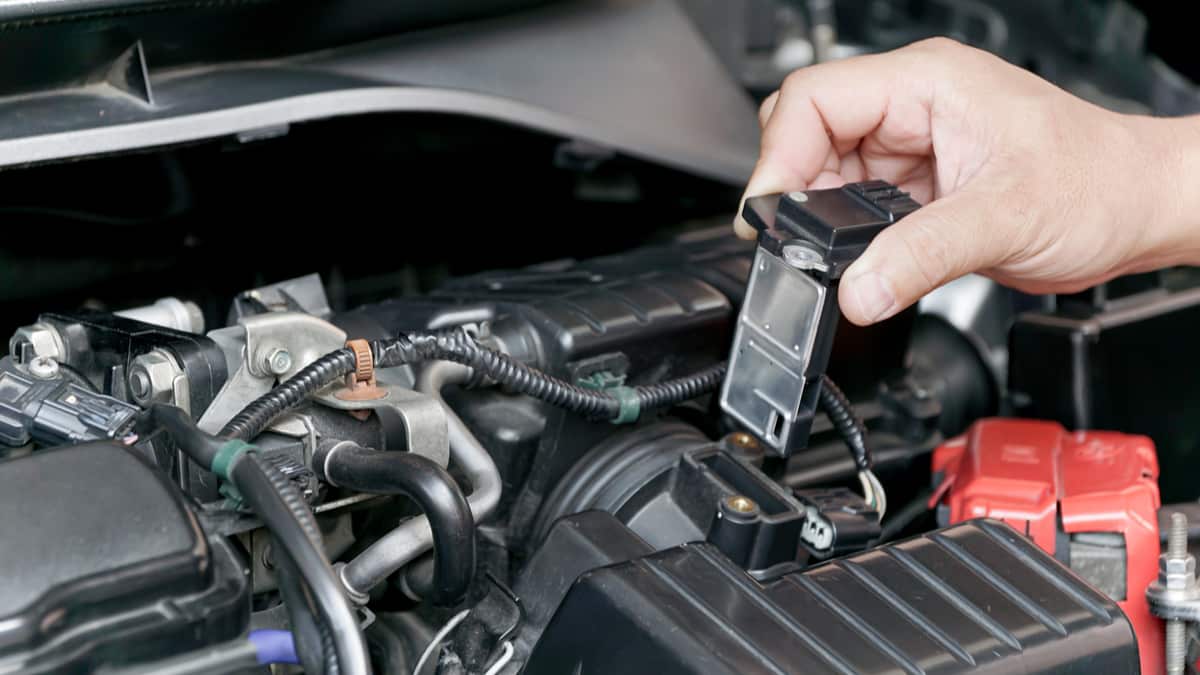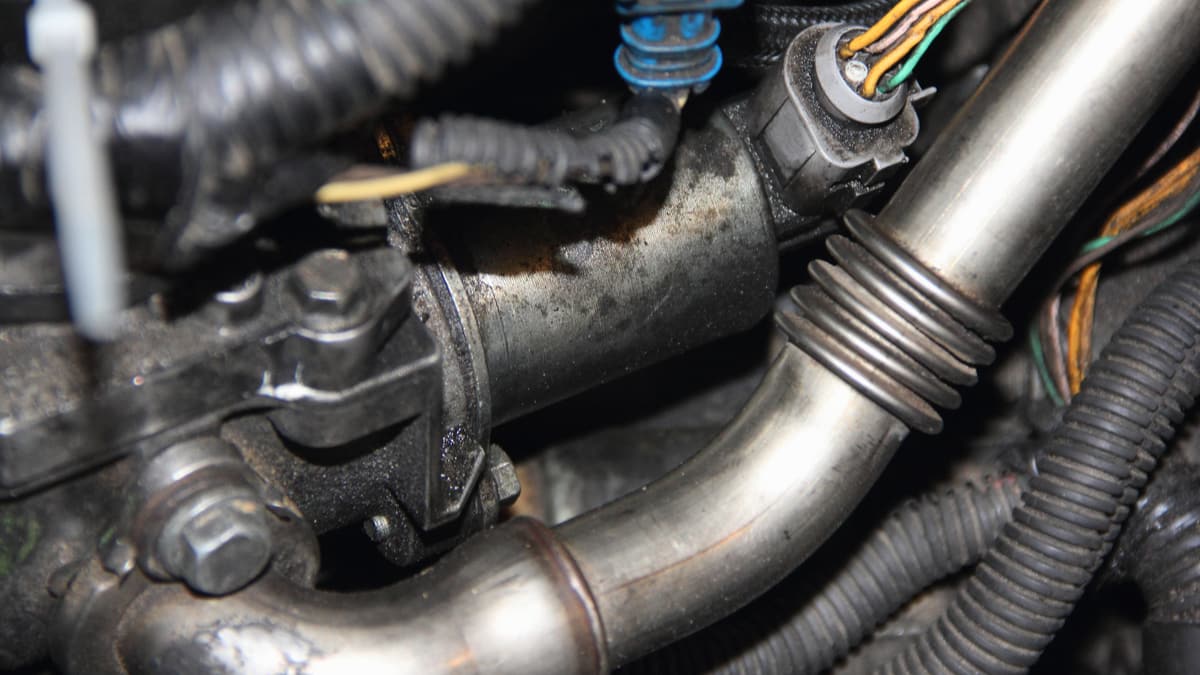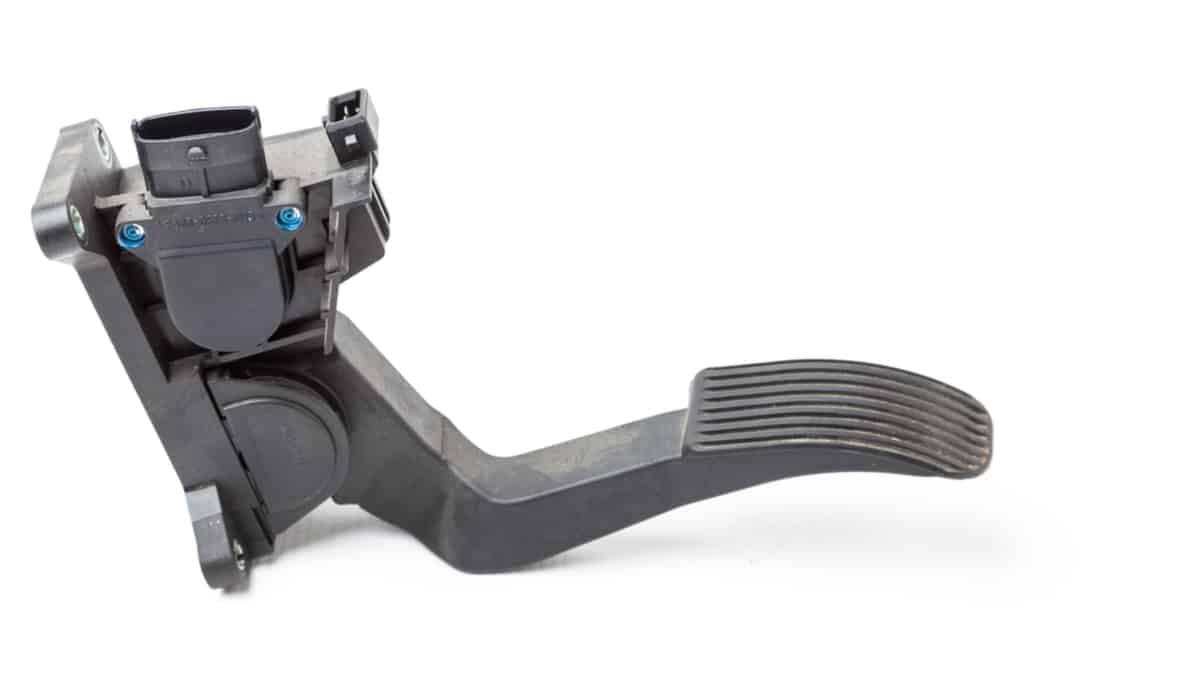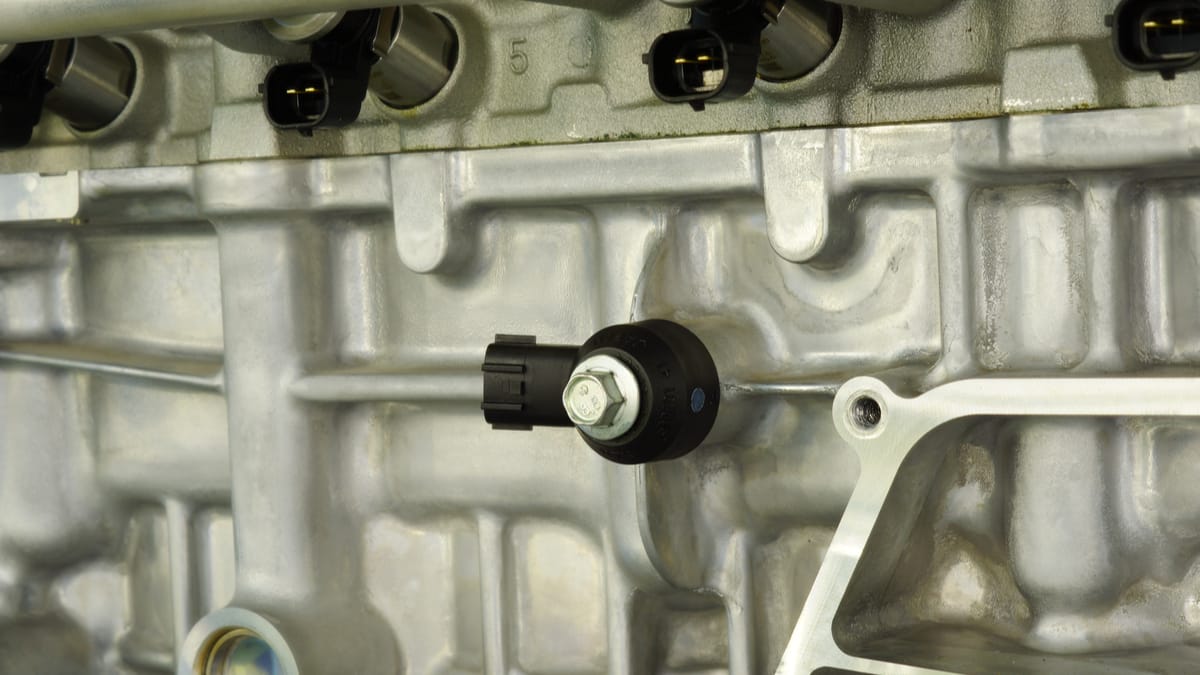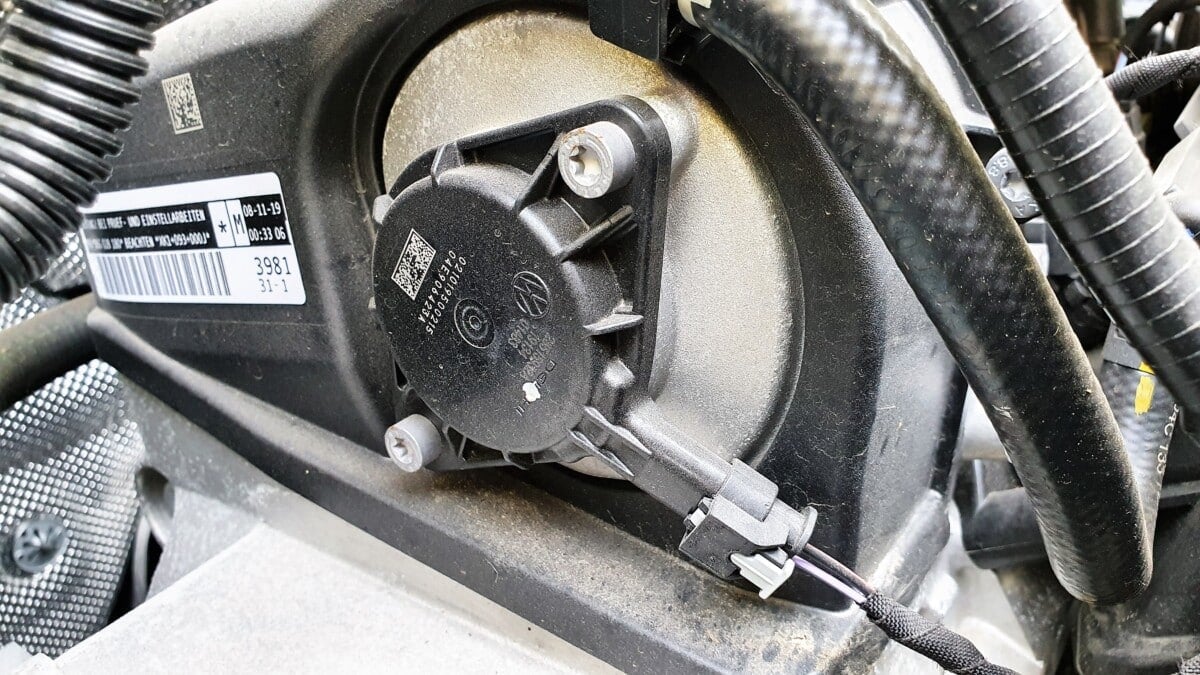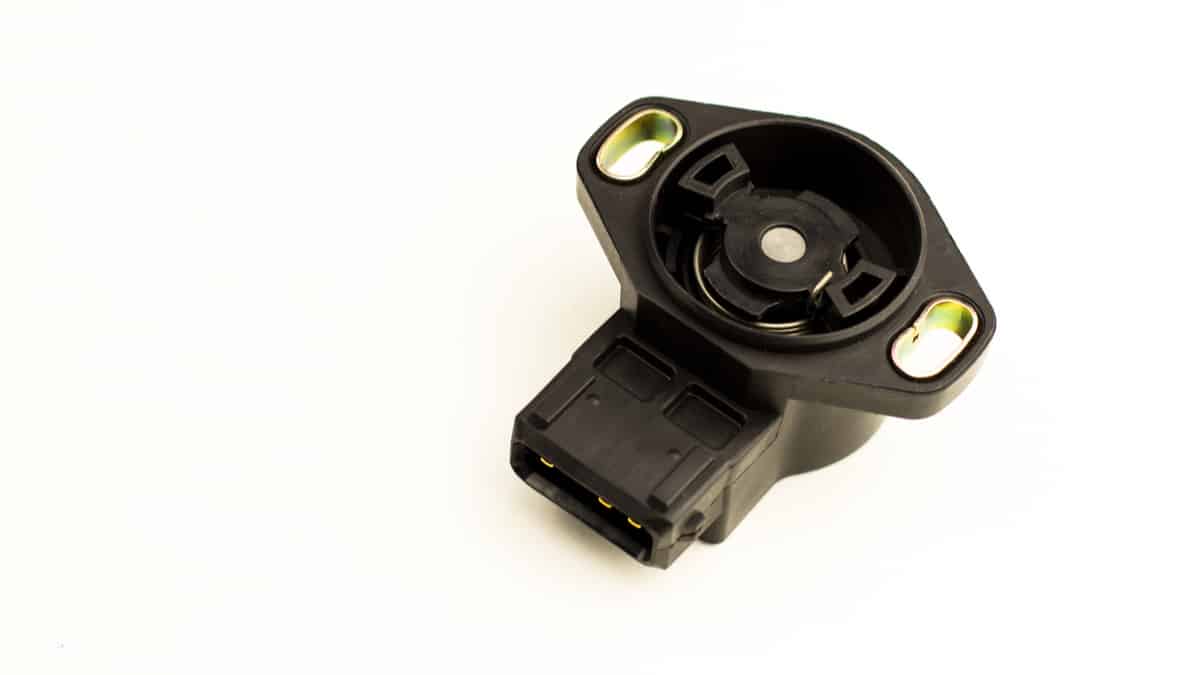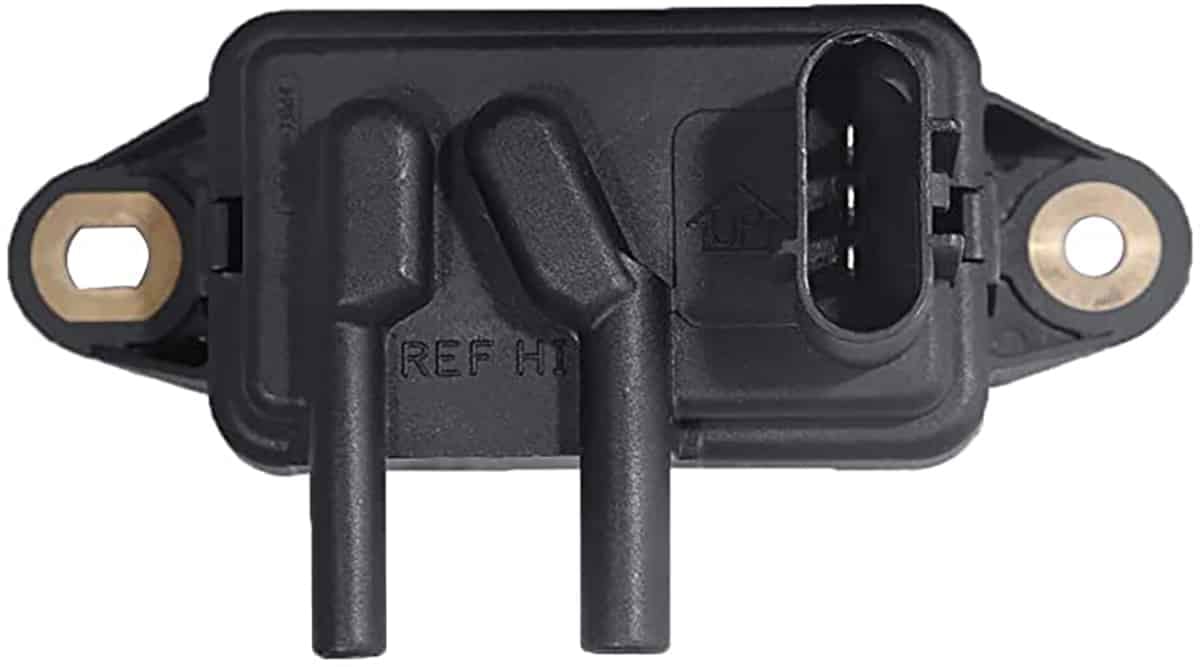Modern vehicles come with a plethora of sensors connected to a vehicle’s central computer or the PCM. One sensor is the steering angle sensor, responsible for keeping a check on the car’s stability and traction. This sensor is linked to the car’s stability technology, which comes under various names.
Every manufacturer has a unique name for their vehicle’s stability technology, but a different name doesn’t change the fact that the technology used by all manufacturers is basically the same.
In this article, we will talk about the symptoms of a bad steering angle sensor, location, and replacement cost. Let’s begin with the signs to look out for.
Symptoms Of A Bad Steering Angle Sensor
The most common symptom of a bad steering angle sensor is warning lights showing up on the dashboard. It’s either a traction control light or a check engine light, depending on the car model. Other rare issues are heavy steering or strange steering after a wheel alignment.
Any sensor can wear out due to constant use. It is common knowledge that electronic components have a certain lifespan.
Once the component reaches the end of its lifespan, it starts to lose its efficiency. However, every failing car part gives off signs that can alert you and prompt you to take quick action.
Here is a more detailed list of the signs of a bad or failing steering angle sensor to look for:
1. Check Engine Light
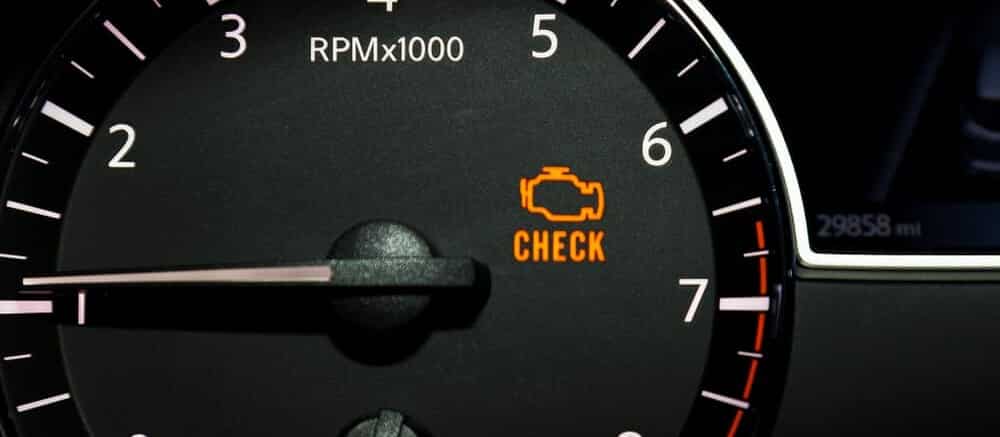
Older cars had a sensor that was privy to the ECU. The check engine light signifies all ECU problems, so this light illuminating on your dashboard can signify any number of problems associated with the powertrain.
The traction control and the engine control unit are connected and require a signal from the steering angle sensor; if this signal is faulty, it will light up the warning light.
Therefore, if you see this light coming on in the dashboard, you might have a bad steering angle sensor.
2. Traction Control Light Illuminates
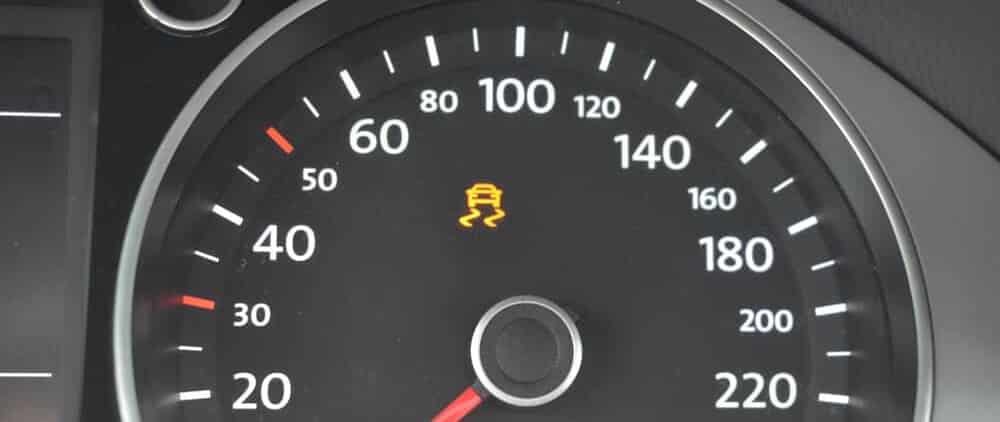
As mentioned before, the steering angle sensor is connected to the traction control system also.
The traction control system uses the steering angle sensor to measure how much you are turning the car and make adjustments if you are driving on a slippery surface.
If the steering angle sensor fails to deliver a correct signal, the traction control light will illuminate.
You may also notice other warning lights, like the ABS or the Airbag light. The airbag is usually integrated into the steering angle sensor part, so if the steering angle sensor wirings are broken, you might also have problems with the airbag.
3. Heavy Steering Wheel Turning
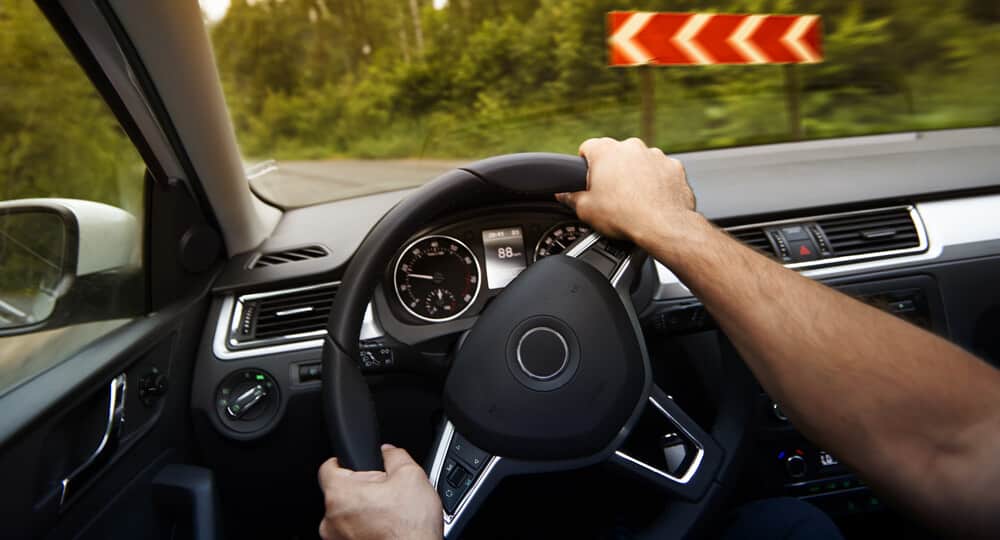
Most modern cars use electric power steering. For this power steering to work properly and know when to start the power steering pump, a measurement of the steering angle is required. The steering angle sensor is responsible for handling this job.
The sensor might have sent inaccurate information to the car’s onboard computer, resulting in unnecessary automatic adjustments. The sensor might have stopped functioning entirely, resulting in no information reaching the ECU. This will trigger the traction control light, and will stop the power steering from working.
4. Car Acts Strange After Wheel Alignment
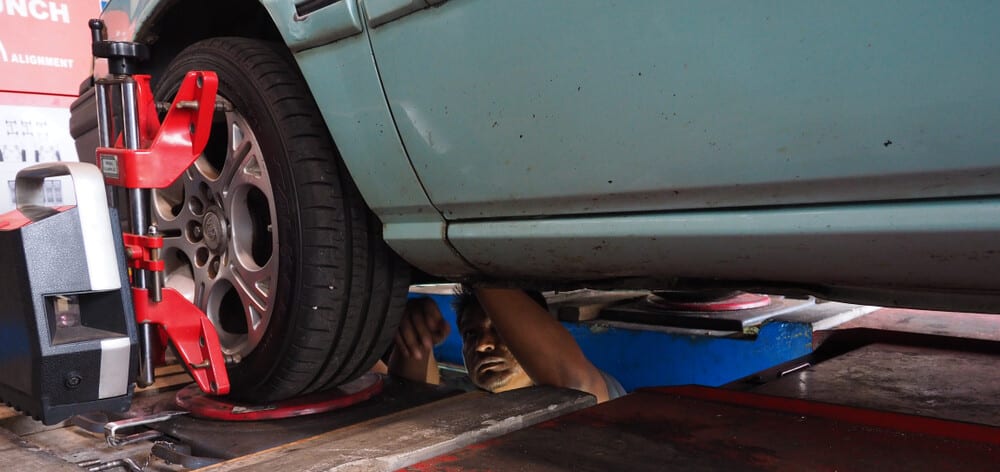
This applies if you have an electric power steering pump, which most modern cars have.
If your car is acting a bit weird or driving strangely even after a wheel alignment, it might be due to a failing steering angle sensor.
It is important and necessary to reset the steering angle sensor after an alignment. If your mechanic fails to do that, you can have this problem. Therefore, in such a case, revisit your mechanic and have the sensor reset and the wheels realigned.
What Is a Steering Angle Sensor?
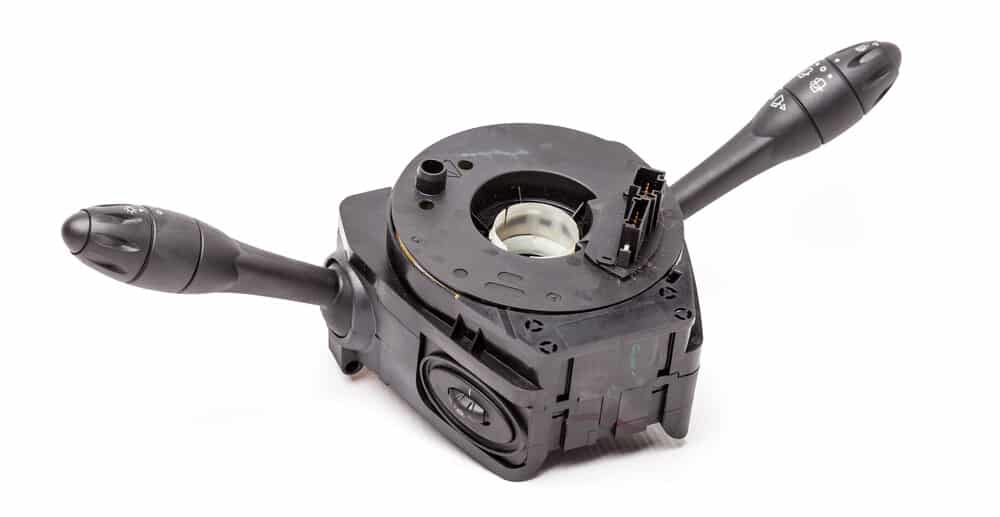
Modern vehicles are riddled with sensors that signal the vehicle’s onboard computer to take the necessary action regarding certain conditions. The steering angle sensor is one such sensor that is vital for a car and its performance.
The steering angle sensor, as its name suggests, senses the steering angle. There are two major types of steering angle sensors: analog and digital.
These two sensor types use different methods to detect the steering angle. The digital sensor, which is also the most widely found sensor in cars, uses an LED light to detect the wheel angle, turn rate, and other important information. The sensor then transfers this information to the ECU, which adjusts the way your car controls the traction control.
Location of the Steering Angle Sensor
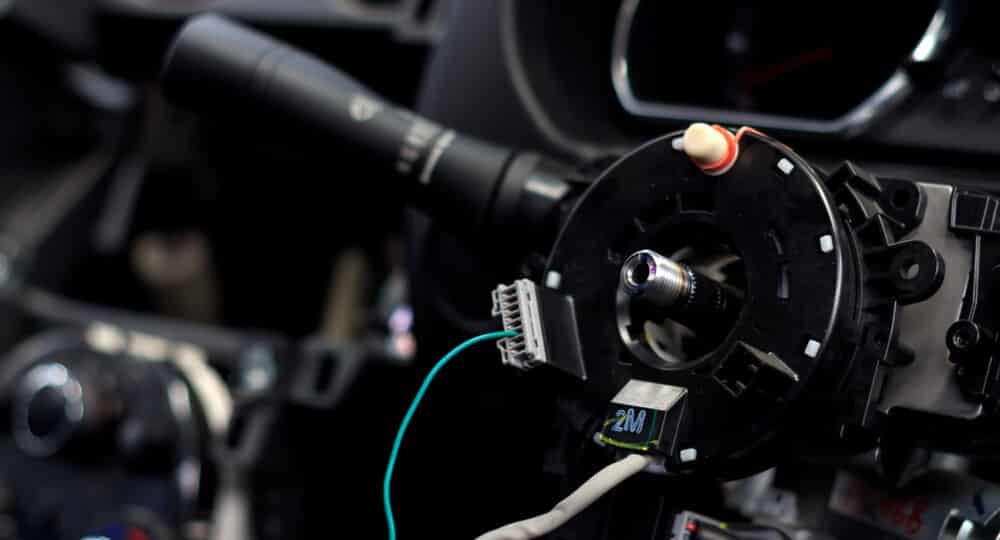
The steering angle sensor is, in most car models, located behind the steering wheel wrapped around the steering column.
Some cars can have it located in the steering gear, but this is quite rare. Some cars also have two steering angle sensors, which makes it important to replace the right one.
You do often need to remove the steering wheel to see or access the steering angle sensor.
Diagnosis of a Failing Steering Angle Sensor
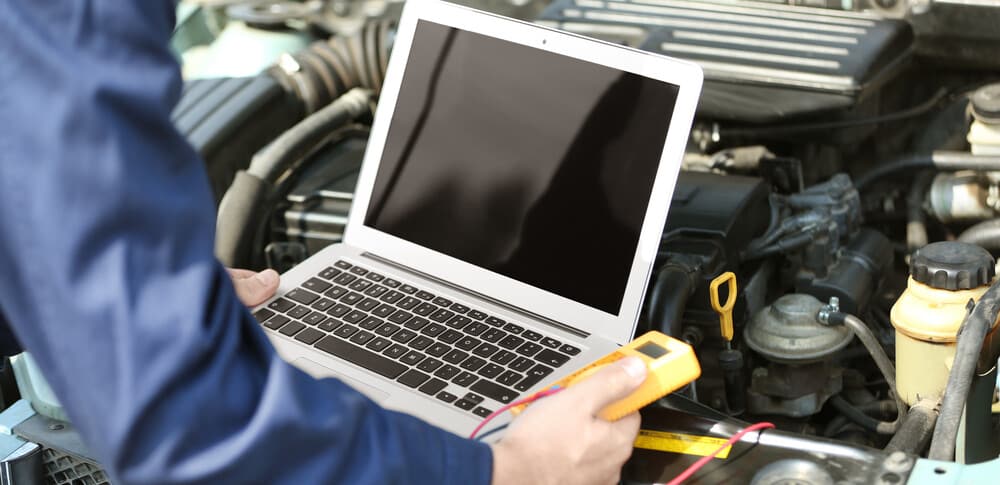
Diagnosing if you have a faulty steering angle sensor is often quite easy if you have the right equipment for it.
Diagnosing it with a multimeter is, in most cases, very difficult, and it is much better to use a diagnostic tool.
Just connect the diagnostic tool and check the live data from the traction control system or engine control unit sent from the steering angle sensor.
Place your steering wheel straight, and you should see a signal of 0 degrees turned. Try to turn a little bit to the right and a little bit to the left and see if the values change. If it doesn’t, you might have a faulty steering angle sensor.
In this case, you need to check if the sensor gets power and ground, and if it does, it is most likely a faulty steering angle sensor causing it.
Steering Angle Sensor Replacement Cost
The average steering angle sensor replacement cost is between $150 and $500, depending on the car model and labor costs. The steering angle sensor costs $120–$250, and the labor costs, on average, $80–$250.
The first thing you might wonder about after looking at the replacement cost is that it varies a lot. There is no fixed price for the part and no fixed labor cost. This is due to several reasons. Firstly, the part’s price can depend on the make of your car and its model year.
You need to know that you need to find a mechanic with the required diagnostic tools to do this job for you. After the steering angle sensor is replaced, it needs to be calibrated.
Some steering angle sensors are integrated with the steering column control unit, which means it needs to be programmed into the car. This is quite rare. But if this is the case, it will be much more expensive to program.
Categories: Electric
